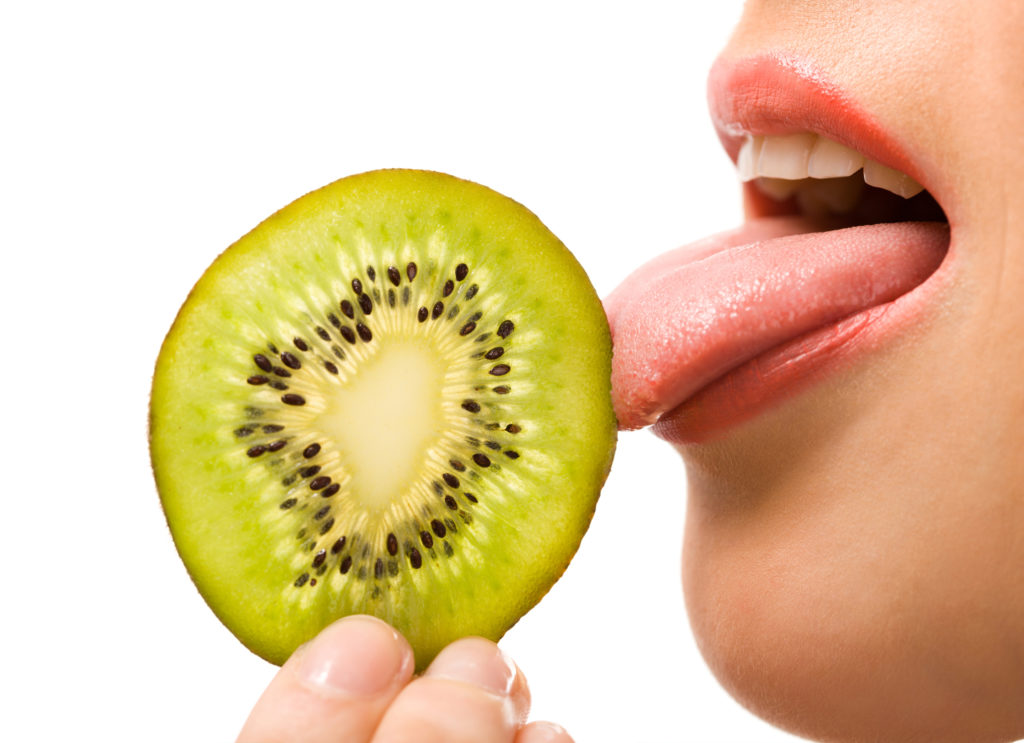
Taste or rasa is your body’s interpretation of the elements that make up a substance or food. “Ra” means relish and “sa” means juice. All substances, and for the sake of this discussion, food, are made up of the 5 elements, earth, water, fire, air and ether in varying degrees. The combination of these elements determines if a food tastes sweet, sour, salty, bitter, pungent, or astringent.
But how do we actually experience taste? The moment food touches our tongue, saliva experiences the taste. The tongue is the sense organ for taste, just as the ear is the sense organ for sound. Each sense organ experiences through an elemental medium. Taste is experienced through the element of water (FYI, sound is experienced through ether). That being said, it is important to make sure that you are hydrated. The body is extremely efficient and if it does not have enough water for a specific function, it will steal it from somewhere else in the body. This happens often during intense exercise. The blood volume required to meet the needs of the muscles is insufficient. The body has to make more blood and needs the available water to do that. If you are hydrated, the body has the water available and all is good. However if the body doesn’t have it available in the general pool, it will take it from other places. So the body looks for an area that does not need its water supply at the moment (in saliva’s case you probably are not eating dinner while exercising) and borrows from it, leaving that area dry. Ever wonder why Gatorade (the hydration drink) tastes different when you are exercising than when you aren’t? Another example is when you are sick. Food just doesn’t taste that good, or for that matter, taste at all. It is due to the lack of saliva caused by the dehydration effects of fever or medications.
A balanced meal is said to have all 6 tastes present. If you are a real creative cook, you will find ways to accomplish this. However for those of us that are cooking challenged, the use of spices and herbs helps you master this task. Look for upcoming discussions on the use of herbs and spices, but for right now let’s look at the 6 tastes:
Sweet
Sweet taste results from the combination of Water and Earth and is heavy, moist, and cooling by nature. In the west, sugary foods are most commonly associated with their taste. Sweet taste is also found in milk and milk products (like butter, ghee, and cream), most grains (especially wheat, rice, and barley, many legumes (like beans and lentils), sweet fruits (such as bananas and mangos), and certain cooked vegetables (such as carrots, potatoes, and beets).

Sweet taste naturally increases bulk, moisture and weight in the body. For this reason, it is excellent for building the body’s seven vital tissues (called dhatus) of plasma, blood, fat, muscles, bones, marrow, and reproductive fluids. Sweet taste also increases saliva, soothes mucous membranes and burning sensation, relieves thirst, and has beneficial effects on the skin, hair, and voice.
While the nourishing and soothing effects of Sweet taste pacify Vata and Pitta, they naturally increase Kapha. Think of the effect as being similar to giving a large glass of water to someone who already has to urinate urgently. The cool moist nature of Kapha (Water and Earth) is overloaded by the similar qualities of Sweet taste. An excess of this taste in Kapha individuals results in disorders such as congestion, phlegm accumulation, cough, lethargy, indigestion, obesity, edema, and diabetes. It also creates imbalances in Vata and Pitta individuals when taken in excess. The satisfying and addictive nature of Sweet taste makes it the most abused of all tastes in the West today.
Sour:
Sour taste is composed of Earth and Fire and is hot, light and moist by nature. It is commonly found in citrus fruits (such as lemon and limes), sour milk products (like yogurt, cheese, and sour cream), and fermented substances (including wine, vinegar, sauerkraut, and soy sauce). Used in moderation, Sour taste stimulates digestion, stimulates circulation and elimination, energizes the body, strengthens the heart, relieves thirst, maintains acidity, sharpens the senses and helps extract minerals such as iron from food. It also nourishes all the vital tissues (dhatus) except the reproductive tissues (the exception being yogurt, which nourishes all the tissues).
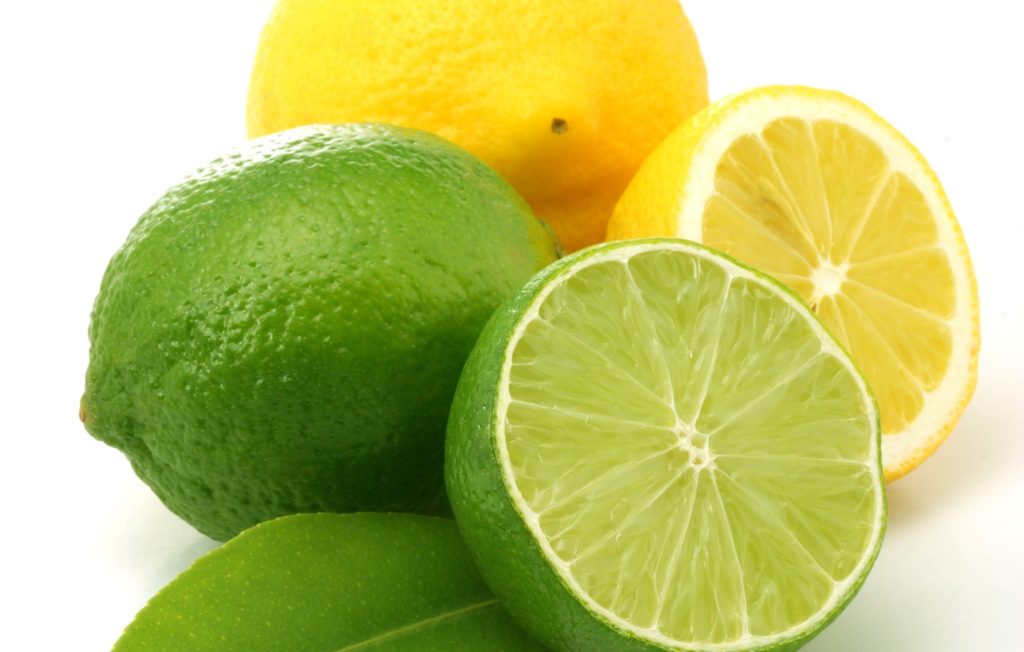
Vata benefits from the moist, warming effects of Sour taste. Since Vata imbalance often entails poor digestion, Sour taste is also helpful in stimulating the digestive fire. The heat of Sour taste, on the other hand, increases Pitta and can easily lead to aggravation. An excess of this taste in Pitta individuals may cause acidic pH balance, heartburn, ulcers, rashes, and burning in the throat, chest, heart, and bladder. The heavy and moist quality also increases Kapha, although aggravation occurs less easily than for Pitta. In small amounts, the stimulatory nature of Sour taste can actually benefit Kapha by improving digestion and energizing the body. An excess of this taste in Kapha individuals however, may lead to lethargy, obesity, and indigestion.
Salty:
Salty taste is composed of Fire and Water and is hot, heavy and moist by nature. It is found in any salt (such as sea salt and rock salt), sea vegetables (like seaweed and kelp), and foods to which large amounts of salt are added (like nuts, chips, and pickles). Due to its drying quality in the mouth, it may seem counterintuitive to think of Salty taste as moistening. The element of Water in its composition, however, relates to its water retaining quality. Salty taste falls somewhere between Sweet and Sour tastes with regard to its moist quality. While Sweet taste stimulates the greatest water retention and weight gain in the body, Salty taste will have similar effects when used in excess by any of the dosha.
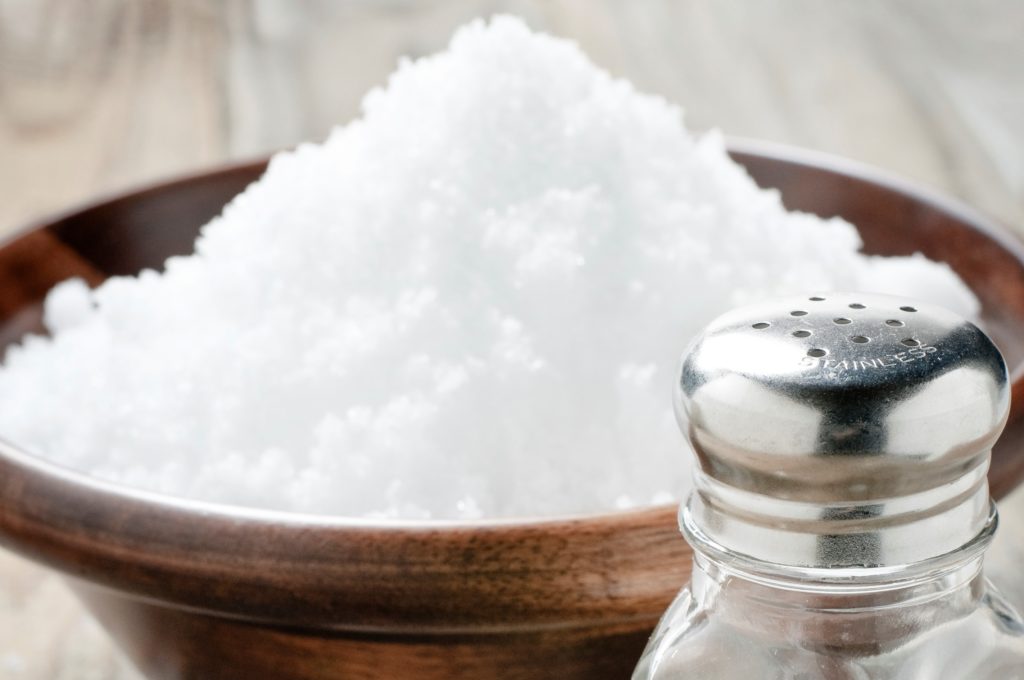
In moderation, Salty taste lubricates tissues, improves digestion, liquefies mucous, improves the flavor of food, and maintains mineral balance, aids in the elimination of wastes and calms the nerves. Due to its tendency to attract water, it also improves the radiance of the skin and promotes overall growth in the body. The warming and grounding effects of the Salty taste are beneficial for balancing Vata but increase both Pitta and Kapha. In Pitta individuals, the heat associated with this taste can lead to hyperacidity, high blood pressure, skin rashes, dryness and loss of hair, wrinkles and eye problems. When used in excess by Kapha individuals, the dense, water retaining qualities of Salty taste can lead to obesity, swelling, high blood pressure and edema.
Bitter:
Bitter taste is composed of Air and Ether and is light, cooling and dry by nature. It is found in green leafy vegetables (such as spinach, kale, and green cabbage), others vegetables (including zucchini and eggplant), herbs and spices (like turmeric, fenugreek, and dandelion root), coffee, and certain fruits (such as olives and bitter melon). While Bitter taste is often not appealing alone, it stimulates the appetite and helps bring out the flavor of the other tastes.
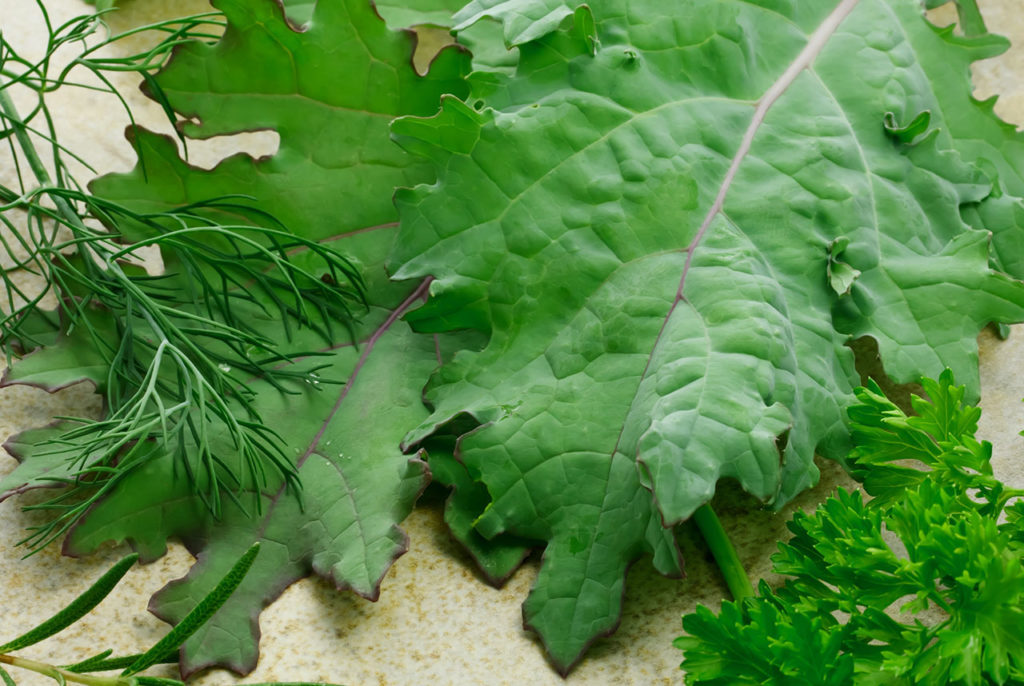
Bitter taste is a powerful detoxifying agent, and has antibiotic, anti-parasitic, and antiseptic qualities. It is also helpful in reducing weight, water retention, skin rashes, fever, burning sensations and nausea. The cool, dry nature of this taste is extremely balancing to the hot, oily makeup of Pitta. It also balances the dense, moist qualities of Kapha, with its lightening and drying effects on the body. Vata is easily aggravated by Bitter taste. Since them both derive from the element of Air and Ether. A Vata individual who eats this taste in excess risk depleting the seven vital tissues (dhatus) and developing Vata disorders such as constipation and insomnia.
Pungent:
Pungent taste derives from the elements of Fire and Air and is hot, dry and light. It is the hottest of all the 6 tastes and is found in certain vegetables (such as chili peppers, garlic, and onions), and in spices (like black pepper, ginger, and cumin). In small amounts, pungent taste stimulates digestion, clears the sinuses, promotes sweating and detoxification, dispels gas, aids circulation, improves metabolism, and relieves muscle pain. The stimulating and drying effects of pungent taste are particularly beneficial for balancing the stagnant and damp qualities of Kapha.
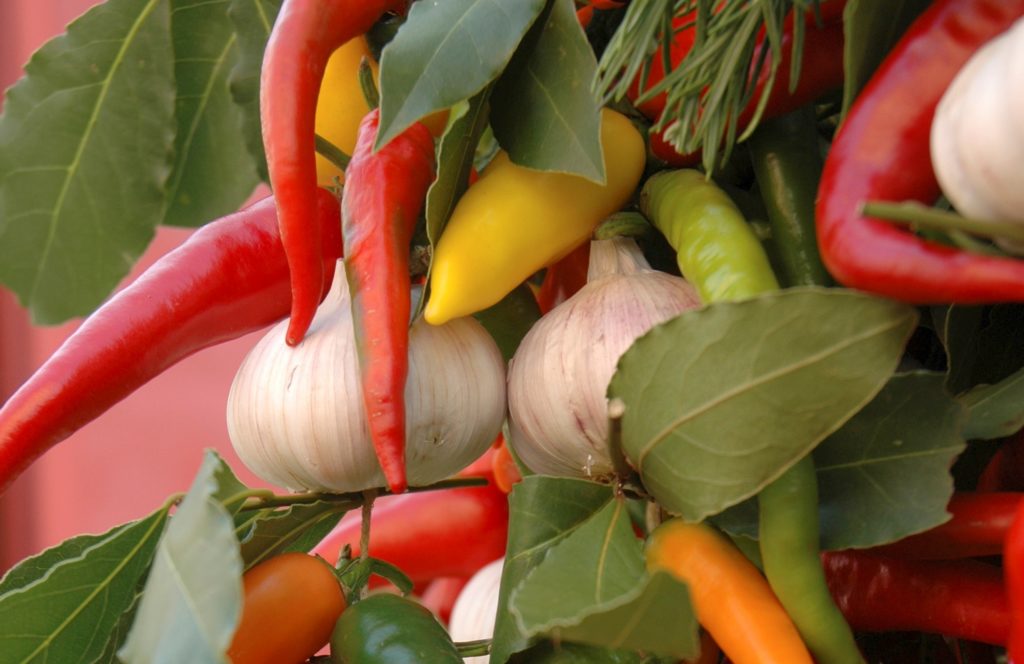
The hot nature of Pungent taste is aggravating to Pitta, even in small amounts. For an individual with an excess Pitta condition, eating Pungent foods is like throwing gasoline on a fire. It may lead to ulcers, hyperacidity, heartburn, nausea, diarrhea, skin rashes, and a depletion of reproductive fluids. Vata individuals are also easily aggravated by Pungent taste, due to the presence of Air in the tastes elemental makeup. A Vata individual who eats Pungent foods in excess may experience disorders such as insomnia, back and leg pain, tremors, colitis, excessive thirst, and bodily dryness. A small amount of this taste, however, may be helpful for stimulating digestion and circulation in Vata types.
Astringent:
Astringent taste results from the combination of Air and Earth and is dry, cooling, and heavy by nature. It is the least common of all the 6 tastes and can be found in legumes (such as beans and lentils), fruits (including cranberries, pomegranates, pears, and dried fruits), vegetables (such as broccoli, cauliflower, artichoke, asparagus and turnip), grains (such as rye, buckwheat, and quinoa), spices and herbs (including turmeric and marjoram, coffee, and teas (such as black and green tea). Astringent taste is not as cold as Bitter taste, but has a greater cooling effect on the body than Sweet taste.
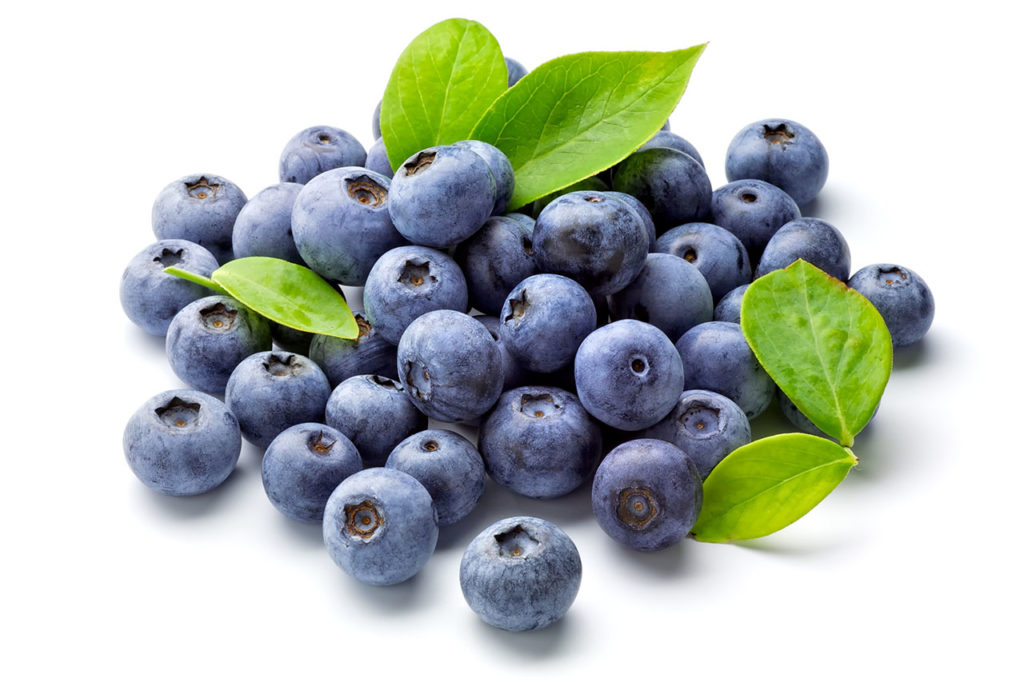
Astringent taste is classified more in relation to its effect on the tongue than its actual taste. It creates a puckering sensation in the mouth, as caused by cranberries or pomegranates, or a dry, chalky feeling as found in many beans. Foods such as broccoli or cauliflower have a mildly Astringent taste that is less detectable. Dry foods such as crackers and chips, most raw vegetables, and the peels of fruit, also have Astringent qualities.
Taken in moderation, Astringent taste balances Pitta and Kapha. It’s counteracting and drying quality stops bleeding, absorbs water, tightens tissues, dries fat, and heals skin wounds, ulcers, and mucous membranes. Beans, for example, are typically soaked in double the amounts of water, due to the absorptive quality. Astringent taste also has antibiotic and antibacterial effects. Vata is naturally aggravated by the cool, dry nature of this taste. A Vata type who consumes Astringent foods in excess may experience slow digestion, constipation, heart problems, loss of weight, excessive thirst and blockages in the body’s channels (called shrotas).
